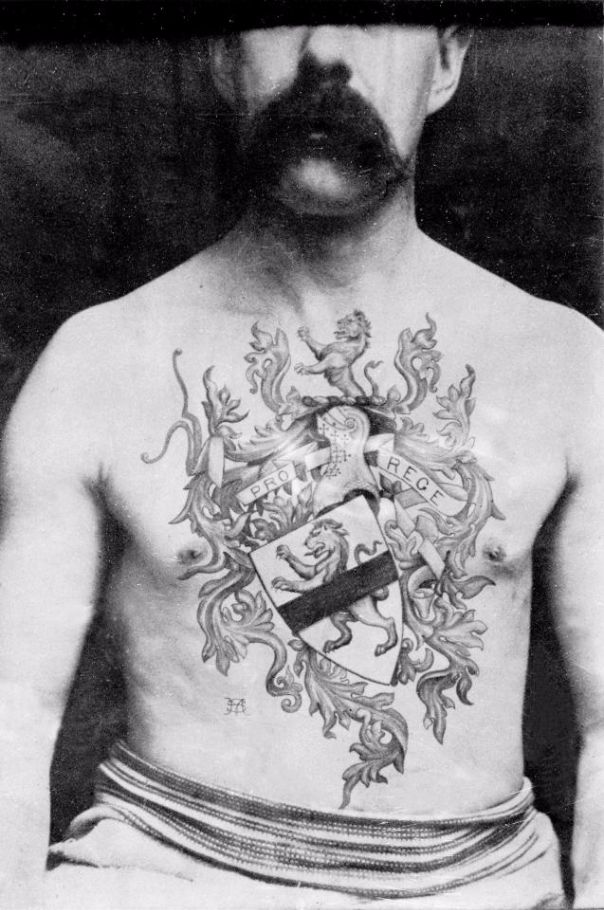
Colorized by me: Court of the Hotel Ponce de Leon, St. Augustine, Florida, circa 1905.
The hotel was the first of its kind constructed entirely of poured concrete, and one of the first buildings in the country wired for electricity from the onset.

The hotel was the first of its kind constructed entirely of poured concrete, and one of the first buildings in the country wired for electricity from the onset.


The hotel was built by millionaire developer and Standard Oil co-founder Henry M. Flagler (completed in 1888). 

• • •
Missing some Tweet in this thread? You can try to
force a refresh


















